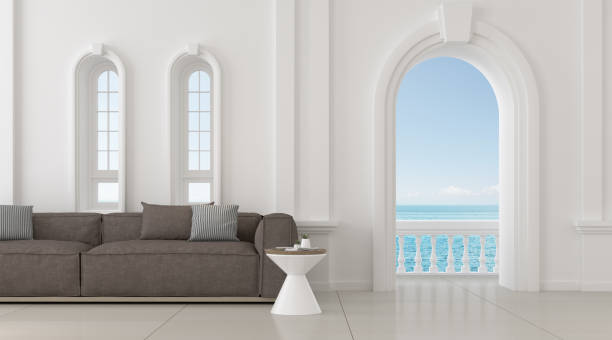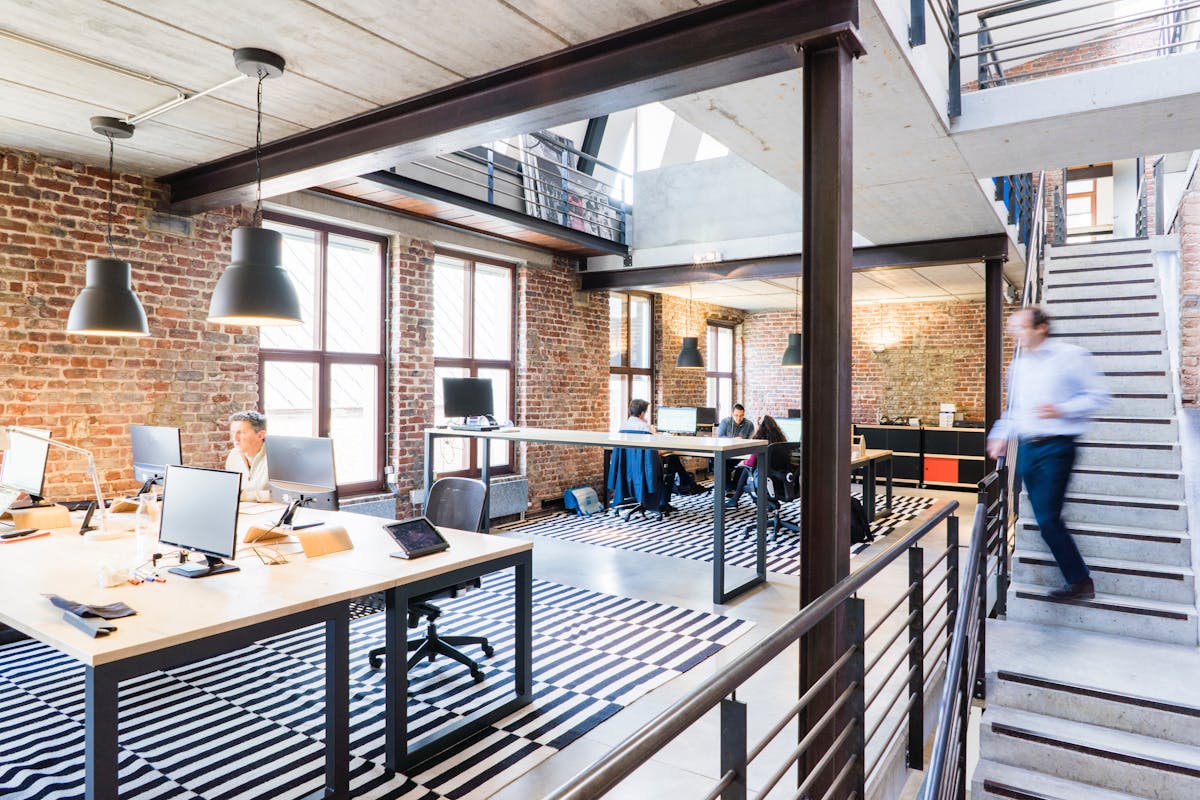Learn how different home styles affect emotions, behavior, and mindset. Explore the psychological influence of popular architectural designs and find the one that truly supports your well-being.
Have you ever walked into a home and felt instantly relaxed… or strangely uncomfortable? It’s not just the furniture or décor—it’s the architecture itself. The way a home is structured, proportioned, and styled can have a deep psychological effect, influencing everything from your mood to your daily habits.
Architectural styles are more than aesthetics—they carry subtle emotional messages. In this guide, we explore how popular home designs shape our internal worlds and help you uncover which one nurtures your mental and emotional well-being.
1. Modern Architecture: Clarity Through Simplicity

Psychological Influence: Reduces cognitive overload and promotes focus
Modern architecture is often characterized by open floor plans, flat surfaces, clean lines, and minimal adornment. These features appeal to the brain’s need for order and simplicity. For people who live fast-paced or overstimulating lives, the modern aesthetic offers visual and emotional clarity.
Why it matters:
Living in a space free of clutter and distraction can lower stress, improve focus, and increase productivity. It supports those who thrive on structure and need their environment to reflect a sense of control and calm.
Common traits:
- Neutral colors
- Open layouts
- Large windows for natural light
- Hidden or built-in storage
2. Colonial or Traditional Homes: Structure, Heritage, and Stability

Psychological Influence: Promotes feelings of order, safety, and continuity
These symmetrical homes with defined rooms and classic proportions tend to evoke a sense of tradition and security. The predictability of a colonial layout can feel comforting to people who value consistency and social norms.
Why it matters:
A sense of predictability helps regulate anxiety and supports routines. Traditional layouts often encourage separation of function, which can help with work-life balance or family organization.
Common traits:
- Formal dining and living rooms
- Central hallways
- Symmetrical facades
- Historic or timeless finishes
3. Craftsman Style: Grounded Warmth and Connection

Psychological Influence: Supports emotional comfort, nostalgia, and intimacy
Craftsman homes are tactile, human-scaled, and often filled with built-in features that make the space feel lovingly handcrafted. These homes tend to nurture the senses and evoke memories of stability and belonging.
Why it matters:
Natural materials and cozy proportions offer a sense of emotional grounding. This style can reduce overstimulation and foster mindful moments, perfect for people who crave warmth and connectedness in their living space.
Common traits:
- Exposed wood and stone
- Built-in furniture and fireplaces
- Earth-tone color schemes
- Covered porches
4. Mediterranean or Spanish Revival: Emotional Expression and Joy

Psychological Influence: Stimulates creativity, sensuality, and social engagement
These vibrant homes are full of texture, color, and architectural rhythm. They invite movement and life, encouraging emotional expression and cultural richness.
Why it matters:
Spaces like these can support extroverts, creatives, and those who prioritize emotional connection. The integration of indoor and outdoor living also enhances well-being by promoting natural light and fresh air flow.
Common traits:
- Stucco exteriors
- Arched windows and doorways
- Courtyards and balconies
- Bright tiles and wrought iron accents
5. Industrial Lofts: Freedom and Flexibility

Psychological Influence: Encourages independence, creativity, and nonconformity
Industrial architecture feels raw, unfinished, and wide open—often with high ceilings, exposed materials, and large open zones. These characteristics support those who thrive on adaptability and innovation.
Why it matters:
A nontraditional layout can break rigid thinking patterns and boost creativity. This style suits self-starters, artists, or digital nomads who want their space to be as flexible and evolving as they are.
Common traits:
- Exposed pipes, brick, and concrete
- Large windows and skylights
- Minimal separation between rooms
- Repurposed or reclaimed materials
Final Thoughts
Architecture isn’t just a backdrop—it’s a living influence. The style of your home subtly shapes how you think, feel, interact, and rest. Understanding these psychological patterns allows you to make more intentional choices—whether you’re buying, designing, or simply redecorating.
When a home’s architecture supports your inner world, it becomes more than a place to live—it becomes a partner in your personal evolution.

